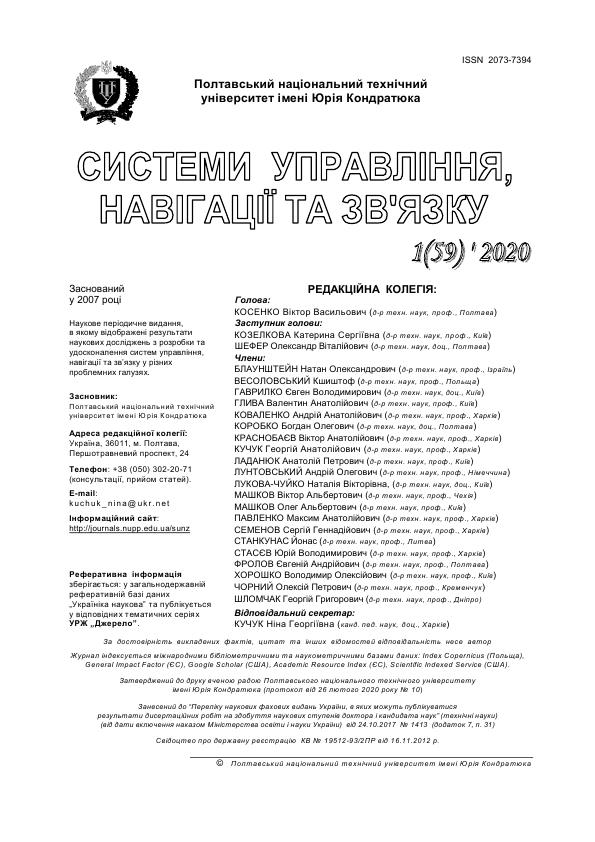CONTROL AND CORRECTION OF DATA ERRORS IN A RESIDUE CLASS
DOI:
https://doi.org/10.26906/SUNZ.2020.1.141Keywords:
non-positional code structure, residue classes, positional numeral systems, minimum code distance, errorcontrol coding, data control and correctionAbstract
The subject of the research in the article is the methods of control and correction of single errors of integer data are presented in the residue class (RC), which allows to increase the efficiency of using RC when building computer systems and components. The purpose of the article is to develop a method for correcting single data errors in RC. Tasks: to study the code structures presented in RC to determine the possibility of control and correction of data errors; to investigate the effect of RC properties on data control and correction operations; to develop a method for correcting single data errors in RC. Research methods: methods of analysis and synthesis of computer systems, number theory, coding theory in RC. The following results are obtained. An analysis of the correcting capabilities of codes in RC showed the high efficiency of using non-positional code structures, which is due to the presence of primary and secondary redundancy in such structures. The article presents a method for correcting one-time data errors in RC. Examples of detecting and correcting data errors in RC code are given, which confirms the theoretical results obtained. Conclusions. Studies have shown that the use of codes in RC makes it possible to build an effective system for monitoring and correcting data errors with the introduction of minimal code redundancy. That is, when certain conditions are met, the introduction of one control base allows not only monitoring, but also correction of single data errorsDownloads
References
Akushskii, I. Ya., Yuditskiy, D.I. (1968), Arithmetic in the residual classes, Sov.radio, 440 p.
Krasnobayev, V., Kuznetsov, A., Lokotkova, I., and Dyachenko, A. (2019), "The Method of Single Errors Correction in the Residue Class," 2019 3rd International Conference on Advanced Information and Communications Technologies (AICT).
Tariq Jamil (2013), Complex Binary Number System. Algorithms and Circuits. India: Springer. 83 p.
Ananda Mohan (2016), Residue Number Systems. Birkhäuser Basel. 351 p.
Chervyakov, N. I. "Residue-to-binary conversion for general moduli sets based on approximate Chinese remainder theorem", International Journal of Computer Mathematics. 2017. Т. 94, No. 9. С. 1833-1849.
Kasianchuk, M., Yakymenko, I., Pazdriy, I. and Zastavnyy, O. (2015), "Algorithms of findings of perfect shape modules of remaining classes system," The Experience of Designing and Application of CAD Systems in Microelectronics, Lviv, pp. 316-318. doi: 10.1109/CADSM.2015.7230866.
Krasnobayev, V. A., Koshman, S. A. and Mavrina, M. A. (2014), "A method for increasing the reliability of verification of data represented in a residue number system" Cybernetics and Systems Analysis, vol. 50, Issue 6, pp. 969-976.
Krasnobayev, V. A., Yanko, A. S. and Koshman S. A. (2016), "A Method for arithmetic comparison of data represented in a residue number system", Cybernetics and Systems Analysis, vol. 52, Issue 1, pp. 145-150, January.




